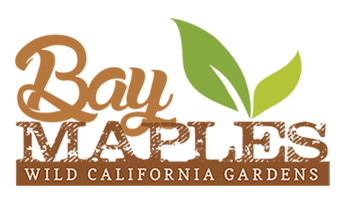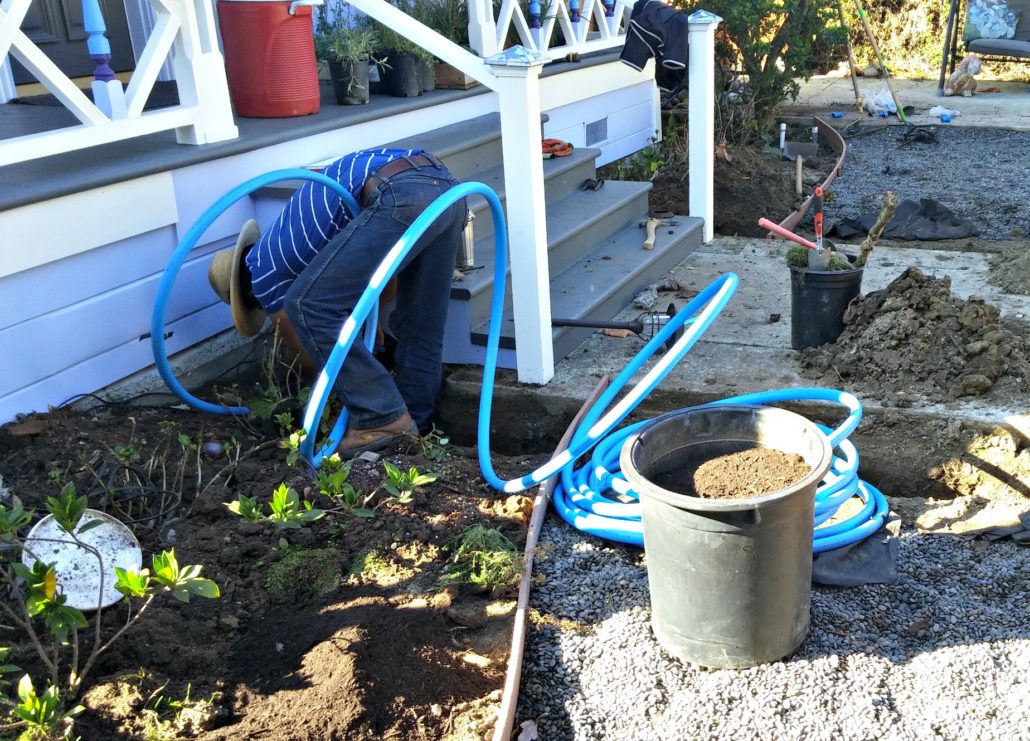Laundry to Landscape Greywater System Management
When people talk about greywater, a Laundry to Landscape (L2L) system is typically the first thing that comes to mind. Using the pump and the water from the washing machine, irrigating the garden is simple. A three-way valve is placed above the washing machine. The outflow from the washing machine is directed into the three-way valve. From there, the outflow can be directed either to the sewer or to the landscape. Whereas most of the time the water would be used for irrigating, on those days when bleach or something harmful to plants is used, the valve is turned and water is diverted from the garden. Also, when there is an abundance of water from rain, again, the water can be sent to the sewer.
Older model washing machines can use up to forty gallons of water per load. Newer, front loading models, use around seventeen gallons per load. For a family of four, there can be a savings of 70 to 120 gallons of water per week. To give you an idea, that would be the recommended amount of water for 10 to 20 small or 4 to 8 medium sized fruit trees.
We can install an L2L system, including the irrigation to existing plants and trees, in one day. If you want to use your laundry water but don’t have an existing garden, we can help you design and install the optimal garden for an L2L system.


